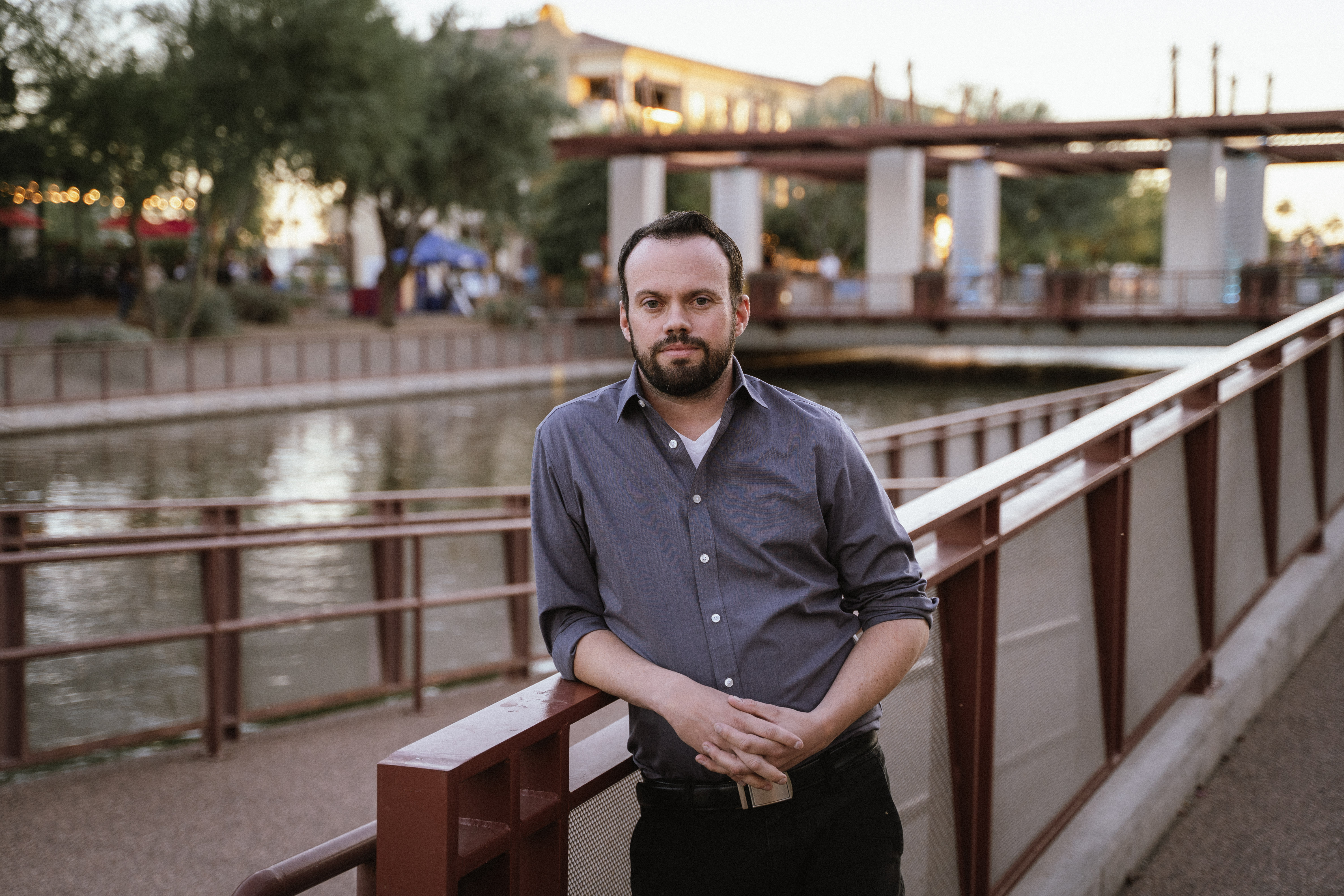When a university embarks on a capital planning project to renovate their stadium, they often encounter a common challenge: the shortage of skilled staff. The specialized knowledge and expertise required to execute large-scale stadium renovations can be scarce, leading to delays, budget overruns, and compromised project outcomes. However, in the age of technological advancements, new solutions are emerging that utilize automation and provide the necessary tools to address the skilled staff problem effectively.

The Skilled Staff Problem:
University stadium renovations involve intricate tasks, including architectural design, structural engineering, electrical and mechanical installations, landscaping, and more. The limited availability of skilled professionals in these areas can significantly hinder the progress and success of the project. Common situations that arise due to the skilled staff problem include:
- Delays and timeline setbacks: The scarcity of skilled staff can lead to delays in critical project milestones. With limited expertise available, universities often struggle to assemble a competent team, resulting in a prolonged timeline and missed deadlines.
- Budget overruns: In the absence of skilled professionals, universities may be compelled to hire external contractors or consultants at premium rates. This can strain the project budget, leading to unexpected cost overruns and financial challenges.
- Compromised quality and design: Insufficient staff with specialized knowledge may result in compromises in the quality of design and construction. The lack of expertise can lead to suboptimal decisions, potentially undermining the long-term functionality and aesthetic appeal of the stadium.
The Solution: Automation and Technological Tools
The emergence of new technologies and automation solutions provides a viable solution to the skilled staff problem faced by universities during stadium renovations. By harnessing these innovations, universities can overcome the challenges associated with limited human resources. Here's how new technology can assist:
Building Information Modeling (BIM): BIM software enables the creation of virtual 3D models of stadiums, integrating various architectural and engineering disciplines. This technology facilitates collaboration among teams, streamlines workflows, and minimizes errors and rework. With BIM, universities can optimize the use of available staff and achieve greater project efficiency.
Drone Surveys and Imaging: Drones equipped with high-resolution cameras and sensors can capture detailed aerial imagery of the stadium site. This data can be processed to create accurate topographical maps, aiding in site analysis, planning, and design. Drones eliminate the need for extensive manual surveys, saving time and reducing the demand for skilled surveyors.
Prefabrication and Modular Construction: Prefabrication and modular construction techniques reduce the reliance on on-site skilled labor. By manufacturing components off-site, universities can minimize the need for specialized workers and leverage cost-effective assembly processes. This approach improves efficiency and accelerates project timelines.
Augmented Reality (AR) and Virtual Reality (VR): AR and VR technologies enable stakeholders to visualize the renovated stadium before construction even begins. These immersive tools help in better decision-making, collaboration, and communication between project teams, reducing the risk of design flaws and the need for extensive rework.
Project Management Software: Comprehensive project management software allows universities to centralize project data, streamline communication, and automate routine tasks. These tools facilitate coordination among the project team, reducing the need for extensive manual supervision and oversight.
The skilled staff problem that often arises during university stadium renovations can be effectively addressed through the integration of new technologies and automation. By harnessing the power of solutions such as BIM, drones, prefabrication, AR/VR, and project management software, universities can optimize the use of available human resources, minimize delays, control costs, and enhance the overall quality of the renovated stadium.
Moreover, a groundbreaking capital project management solution called Privv has emerged as a game-changer in this field. Privv provides universities with a comprehensive platform that breaks the barrier to enhancing the quality of their staff. With Privv, step-by-step task management and expertise are provided by Owner's representative professionals who have a wealth of experience in stadium renovations. This innovative solution ensures that the project is executed efficiently and effectively, even in the absence of a large pool of skilled staff.
By leveraging Privv, universities can bridge the knowledge gap and keep their staff knowledgeable and up-to-date throughout the entire renovation process. The platform provides guidance, best practices, and real-time support, empowering staff members with the expertise they need to overcome challenges and make informed decisions. With Privv, universities can effectively address the skilled staff problem and achieve successful stadium renovations.
As technology continues to advance, solutions like Privv hold the potential to revolutionize the way universities approach capital planning projects. By combining automation, expertise, and efficient project management, universities can transform challenges into opportunities for growth, ensuring that their renovated stadiums become exceptional assets for both the institution and its community.


